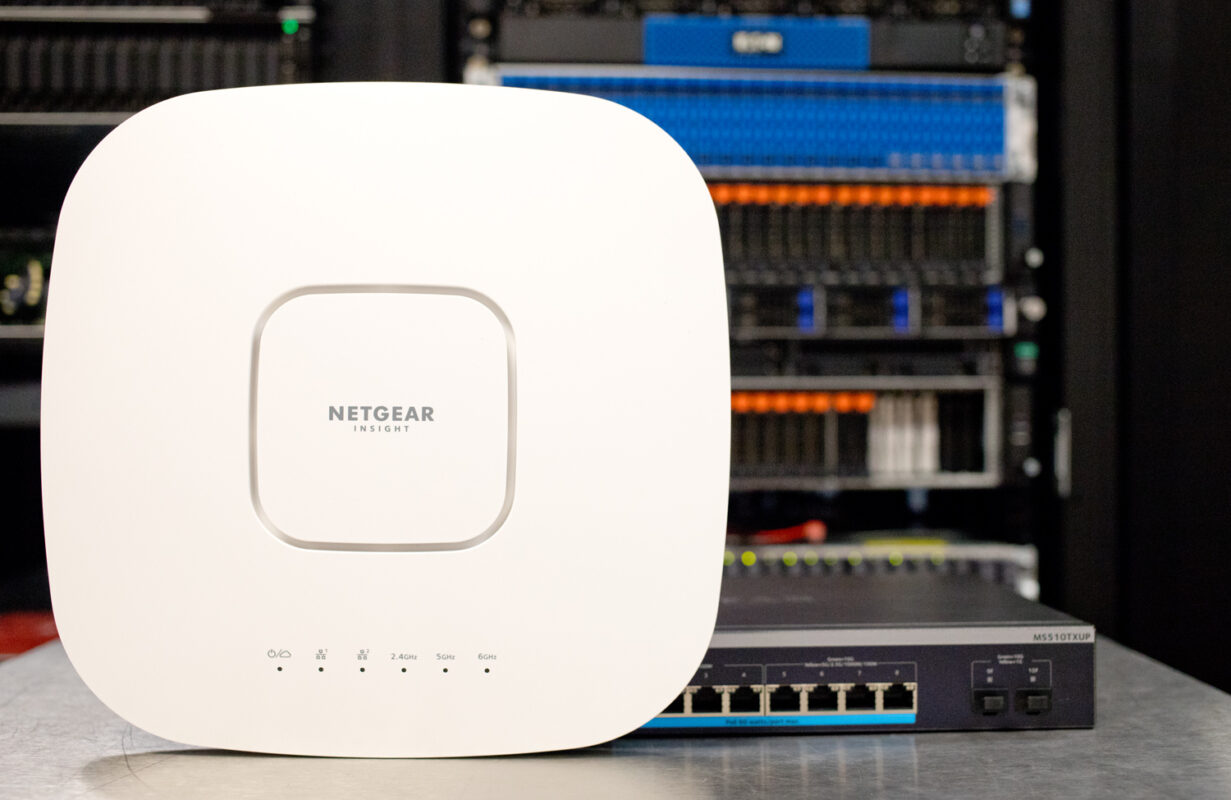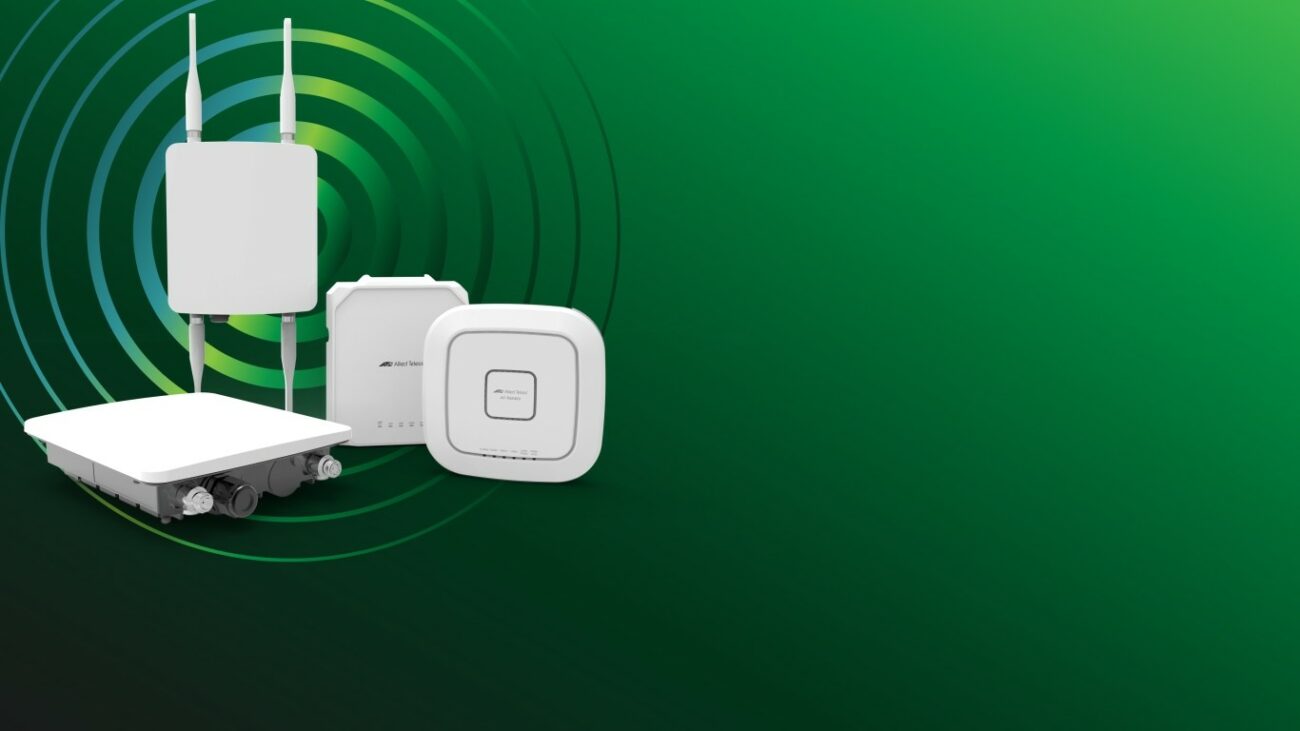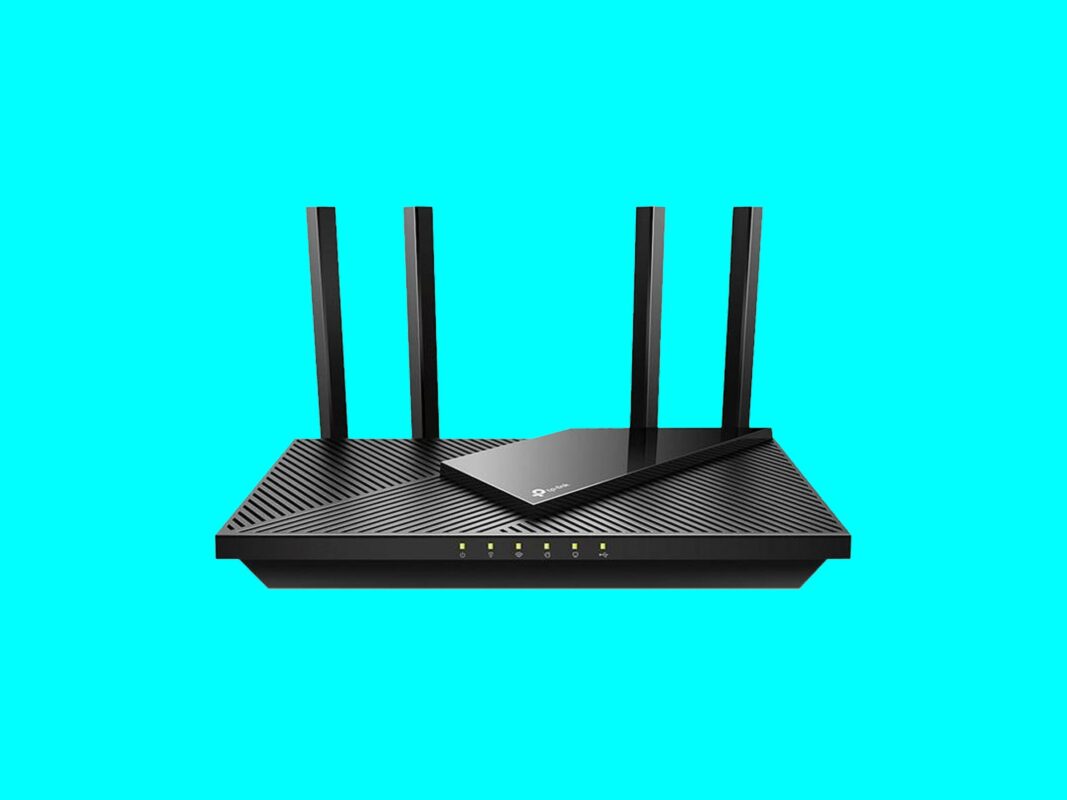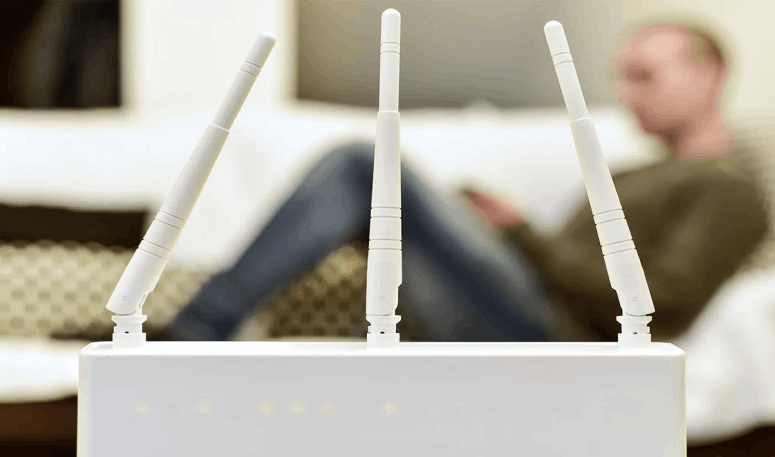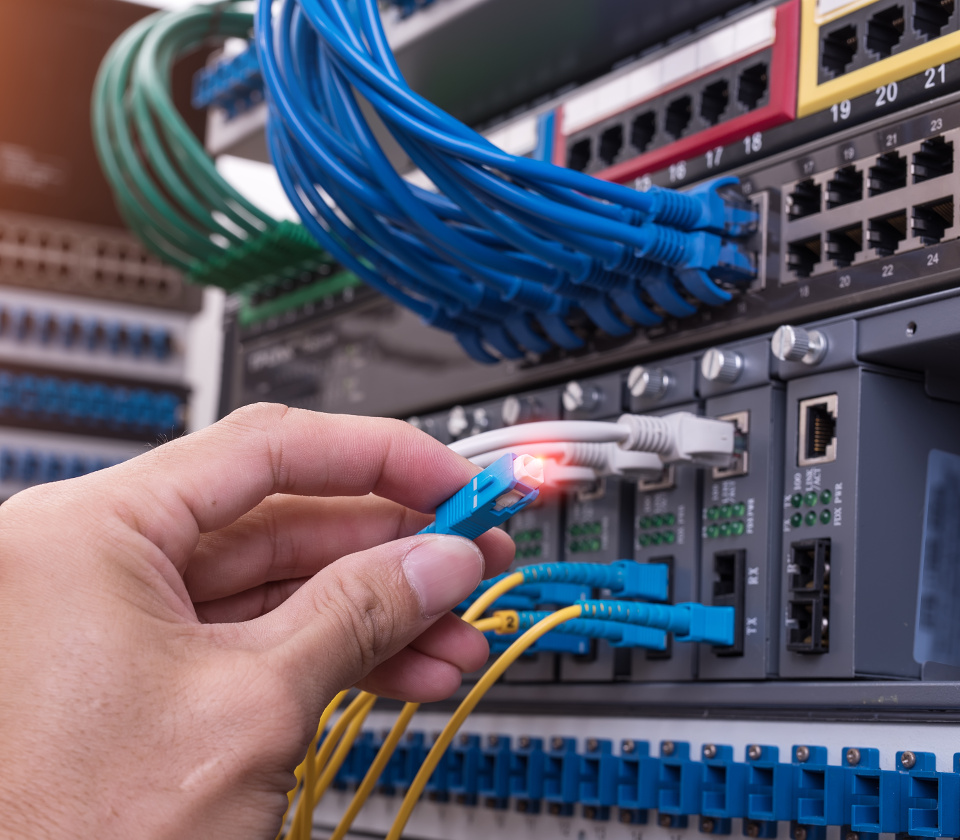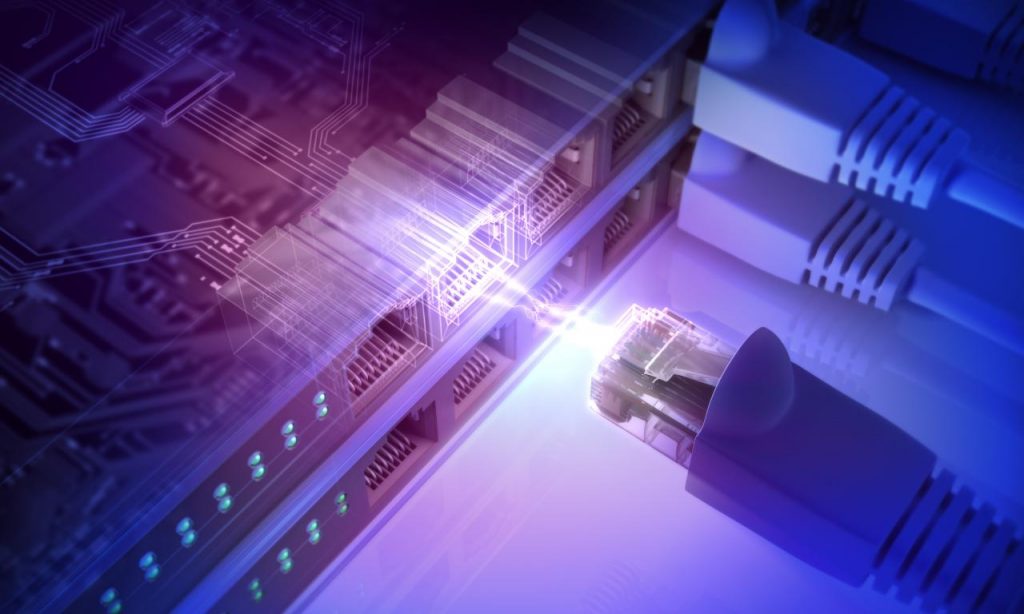WIRELESS OR WIRED NETWORK: WHICH IS BEST FOR MY BUSINESS?
Determining the type of connection to the Internet and between computers in a company is often divided.
This is an important decision and one of the priorities for IT teams or IT consultancies. Whether in the process of structuring a new business or undergoing change.
Both wireless networks and cable connections – also known as Ethernet – have their advantages and disadvantages.
It is important to always assess the real needs of the company, to make the right choice of network. In this way, it is possible to avoid future inconveniences that may interrupt business activities.
This article will guide you and give you more security when defining which is the ideal solution for your company. Learn about the main differences between the two types of network, and their pros, and cons.
Wired or Ethernet Network
Cable connection is still the main choice for companies in their offices. Despite the growing need for Wi-Fi – mainly due to the dependence on mobile devices, such as cell phones and tablets – the wired network has a strong preference.
That’s because it offers a more stable and secure connection for users.
This network connects to the internet or just to the company’s computers, through a cable system. The most common model used in these cases is the TPU cable, which usually comes in blue.
It is correct to say that this connection physically transports the data to the computer since all the information travels directly through the cables.
In addition, it is possible to share information with other devices connected to the same network, without necessarily having them connected to the internet.
One of the main advantages that the cable connection offers are the speed of data exchange. It is possible to reach a traffic speed of 1GBs easily.
For activities that consume greater network capacity – such as printing, video calls, or image editing – a wired connection is the most suitable option.
In this way, it will be easier to guarantee a better performance for the task to be performed.
Despite the numerous benefits, the wired network also has points that deserve attention. It can limit the mobility of the user, as it is linked to the use of cables.
In addition, as it requires investments in cabling and various items for its installation, it usually generates higher costs.
The need for constant maintenance is also another factor that must be taken into account.
Wireless networking: The popular Wi-Fi
The wireless network – or wireless, according to its translation – guarantees tremendous practicality for companies. However, it brings other challenges related to security, signal coverage, and, consequently, speed.
The popular Wi-Fi has security as its main weakness. As its signal is distributed freely, in every direction, it can end up being intercepted by any device within its reach.
To prevent this intruding signal from connecting, Wi-Fi technology itself has encryption software.
These programs, called WPA and WPA-2, create an initial passkey for users connecting to the network. This ID is automatically changed over the connection period.
However, as much as the network is protected, skilled hackers can take advantage of it to break into it. At that time, they can transmit viruses, such as ransomware, that hijack the data and files on the machine.
Another point that should be considered is network coverage. Because of the limitation of radio waves that propagate Wi-Fi. Depending on the size of the office, you may need to install some access points.
In this way, the network can be spread evenly. The idea is that, on a single router, between 20 and 30 people are connected at most. Above this number, it is certain that your connection will show intermittents.
However, the wireless network brings greater mobility and flexibility to companies. It follows the growing trend of not relying on a single workstation.
In addition, it usually has a cheaper cost, compared to a wired network.
Wireless or Wired Network – Which Should I Choose for My Business?
It is important to emphasize: analyze the needs of your business. Each company has different expectations. Those that use heavier applications, for example, should preferably opt for the wired network.
In an industrial or large area, the wireless network will be a more viable option. It will allow employees to take their equipment with them wherever they go.
The model adopted in most organizations is the fusion of both types of networks.
For example, The commercial team uses the internet to make calls, ideally, all computers in this team are connected to a wired network. After all, no one will want to lose sales because the internet has crashed, right?
On the other hand, the communication and marketing team needs mobility, so they use Wi-Fi.
When making this definition, always seek the help of your IT support team or responsible IT consultancy. This is the best attitude to make an appropriate decision.
I’ve already defined the best for my company, now what?
When you’ve already defined the best type of connection for your company’s needs, it’s time to install this network.
However, installation is not so simple to do. It is necessary to calculate the size of the place where the installation will be carried out to be able to define, for example, the ideal router that will cover the entire space with the signal. This is the case with wireless networks.
If it is a wired network, server configuration, organization, and distribution of cables, are very important tasks to be planned.
Therefore, when installing your network, do not forget to consult Starlight, we can help you install and configure your entire network with technicians on demand and with very low operating costs.


